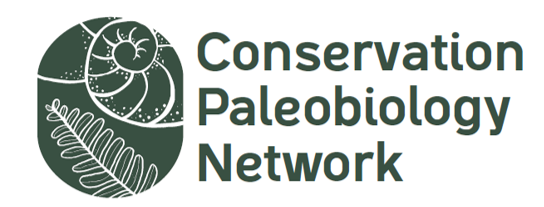Historical contingency and human niche construction shape the Caribbean’s Anthropocene biota (By Jenna Waldman):
While the demarcation of the Anthropocene is still debated, it is evident that human activity has altered ecosystems for millennia. Human-mediated species introductions, especially in conjunction with human-induced extinctions and land-use change, have contributed to the formation of the novel ecosystems and communities we see today. But understanding exactly how present-day biotas have been shaped by species introductions requires looking deeper in time.
Although there is a long legacy of human-mediated species introductions, the activities and impacts of earlier societies are often ignored. In particular, North American conservation practices typically use the year of 1492 as the baseline for restoration, disregarding the role that Indigenous communities had in engineering their ecosystems for millennia prior to European colonization. Reconstructing full introduction chronologies and acknowledging the impact of various groups over time is necessary to thoroughly understand the ecological consequences of sequential species introductions.
The Caribbean, a biodiversity hotspot, has experienced multiple distinct waves of colonization beginning around 7,000 years ago. As a result of human migration and extensive trade networks, this insular system has undergone intense cultural, economic, and demographic changes, which have, in turn, triggered substantial ecological change.
To assess ecological changes in the Caribbean across space and time, we synthesized paleontological, archaeological, and historical data to develop a database of terrestrial vertebrate species introduced to the Caribbean throughout human occupation. We defined three distinct time periods corresponding to the dominant societies of the region: the Indigenous period (pre-1492), colonial period (1492 – 1799), and modern period (1800 – present). We found that human-mediated species introductions accelerated approaching the present day in all vertebrate groups, with a wider range of biogeographic origins represented over time.
Each group that occupied the Caribbean had unique cultural, economic, and aesthetic motivations for translocating species. Species introductions – both intentional and accidental – serve as a type of human niche construction and create an altered landscape for subsequent colonizers. Additionally, the extinction of native species following initial human contact may have also influenced community structures by facilitating the establishment of species introduced later in time. Therefore, we conclude that the current Caribbean biota is historically contingent on the chronology of human colonization and species introduction.
What is the appropriate restoration target if the ecosystem has been modified by human activity for thousands of years? And what are the conservation implications of introduced species that have not become invasive, but instead have effectively replaced extinct native species and their ecosystem functions? Answering these questions and resolving ambiguities in the introduction chronology will help improve conservation practices in the Caribbean, ensuring sustainable protection of the ecologically significant but increasingly vulnerable insular system.
For more details please see article by Melissa Kemp and colleagues in Proceedings of the Royal Society B: https://doi.org/10.1098/rspb.2020.0447


